
Los Angeles voted 12-0 to ban new drilling and to close all 5,000 existing oil and gas wells in the city. This is a historic victory for all citizens over the oil industry and environmental racism.
IT CAN BE DONE!
Who’s next?


Los Angeles voted 12-0 to ban new drilling and to close all 5,000 existing oil and gas wells in the city. This is a historic victory for all citizens over the oil industry and environmental racism.
IT CAN BE DONE!
Who’s next?

Human civilisation must stop growing and, in fact, enter a long, sustained and protracted contraction. Very few humans have realised the existential urgency of this, and only a fraction of those are brave enough to talk about this publicly. Because when they do, they face the Big Silence of the necro capitalist censoring machine
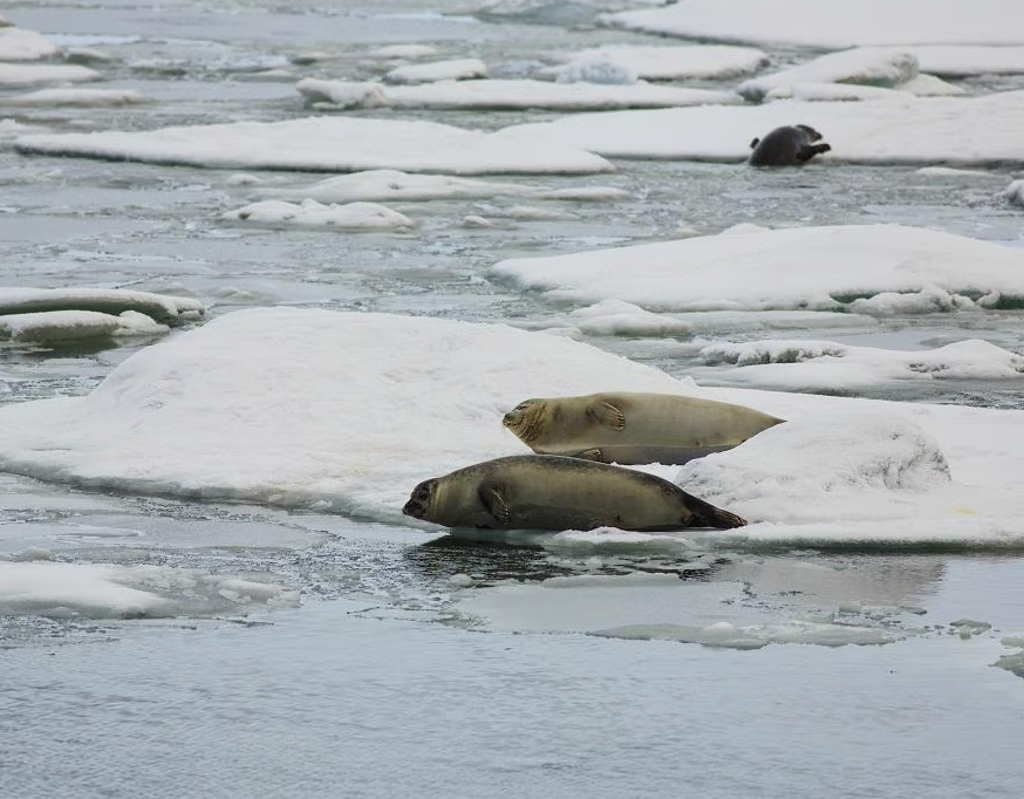
A major icefield spanning Alaska and British Columbia may reach an irreversible tipping point sooner than predicted, with glaciers rapidly receding since 2005, according to a new study published in Nature Communications. The research focused on the Juneau Icefield, which included 1,050 glaciers covering 3,816.3 square kilometres in 2019. The study found that glacier shrinkage from 2015 to 2019 was five times faster than between 1948 and 1979.
Bethan Davies, a Senior Lecturer at Newcastle University and lead author of the study, emphasized the significant contribution of Alaskan glaciers to sea level rise, noting that they contribute the most from any glacierized region. The study reveals that Alaska’s glaciers are losing about 66.7 billion tonnes of ice annually, enough to raise global sea levels by 46.4 millimetres if melted completely. At this rate, all Alaskan ice could vanish in approximately 250 years.
Davies and her colleagues from the United States and Europe studied glacier mass loss acceleration and the processes amplifying this melt to understand glaciers’ long-term response to climate change. This research aims to improve predictions of how icefields might respond to future climate conditions.
The study reconstructed the Little Ice Age, revealing that the icefield covered 5,414.95 square kilometres in 1770, about 30% larger than in 2019. From 1770 to 2013, the glacier volume loss was 0.4 cubic kilometres per year. The accelerating glacier mass loss underscores the urgent need to address climate change to mitigate further impacts on global sea levels.

The image above captures the bleak reality of the early 20th-century Industrial Revolution, showcasing a cityscape suffocated by pollution. Billowing smoke from a forest of factory chimneys creates a dense, choking haze that engulfs the entire area. The sky, once clear, is now a murky grey, a testament to the environmental cost of rapid industrialization.
Buildings and homes are barely visible through the thick smog, highlighting the pervasive impact of industrial pollution on everyday life. This image not only reflects the dramatic transformation of urban landscapes during this era but also underscores the severe health and environmental challenges faced by communities.
The overwhelming presence of smoke and soot signifies the relentless march of progress at the expense of nature and public health. It serves as a poignant reminder of the importance of sustainable development and the need to balance industrial growth with environmental preservation. The scene is a powerful visual narrative of the sacrifices made in the name of progress and the urgent need to adopt sustainable practices to protect our planet for future generations.

In the above evocative image, a ferocious wildfire consumes a home, with flames leaping skyward and casting an ominous, orange glow across the landscape. Amid this chaos, a lone kangaroo bounds through the scorched terrain, a poignant symbol of wildlife in desperate flight. The stark contrast between the raging inferno and the kangaroo’s escape underscores the dual tragedies of wildfires: the destruction of human homes and the immediate threat to natural habitats and their inhabitants.
The visual further deep-dives into a story of vulnerability and resilience. The kangaroo’s frantic leap through the burning landscape vividly reminds us of the urgent and far-reaching impacts of climate change. With global warming intensifying, wildfires are becoming more frequent and severe, endangering both human and animal lives.
It is a call to action urging us to recognize the interconnectedness of all life and our shared responsibility in combating climate change. By reducing our carbon footprint and supporting sustainable practices, we can help protect precious ecosystems and the diverse species that inhabit them. Let this scene inspire us to act with urgency and compassion, ensuring a safer future for all living beings on our planet.
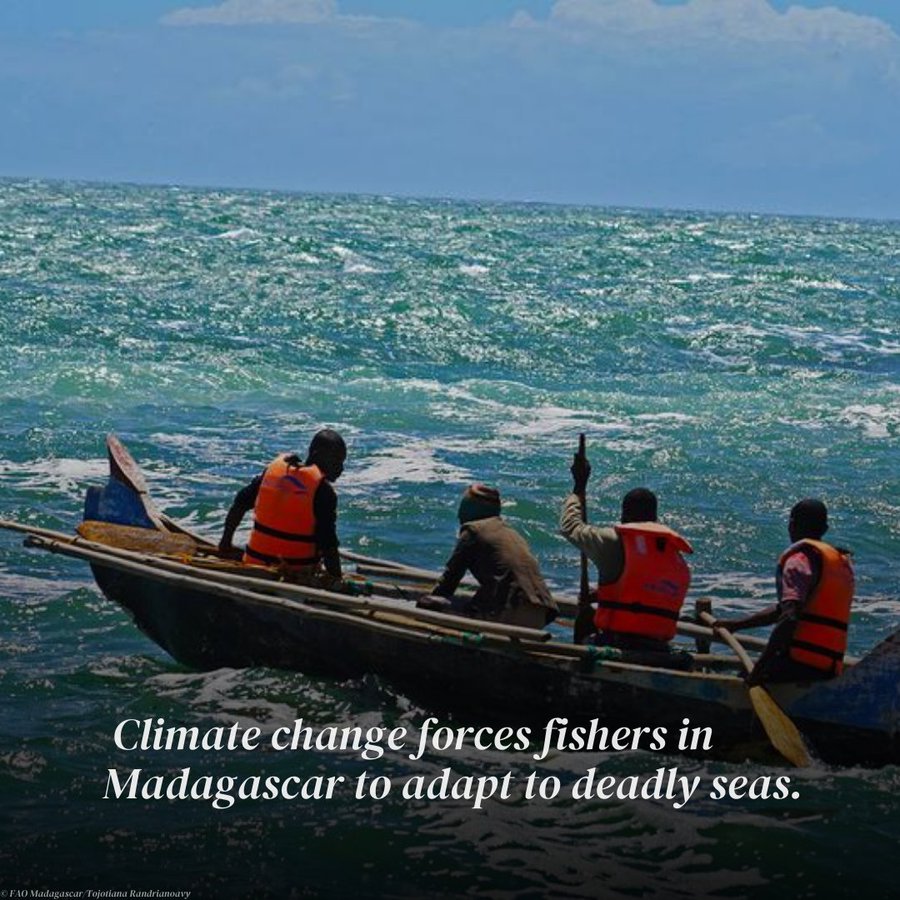
In the face of climate change, fishers in Madagascar are forced to navigate increasingly treacherous seas. The warming oceans and unpredictable weather patterns have made traditional fishing methods dangerous, compelling these resilient communities to adapt their techniques and equipment to survive. This image captures the bravery and determination of Madagascar’s fishers as they continue to earn their livelihoods amidst the harsh realities of a changing climate.
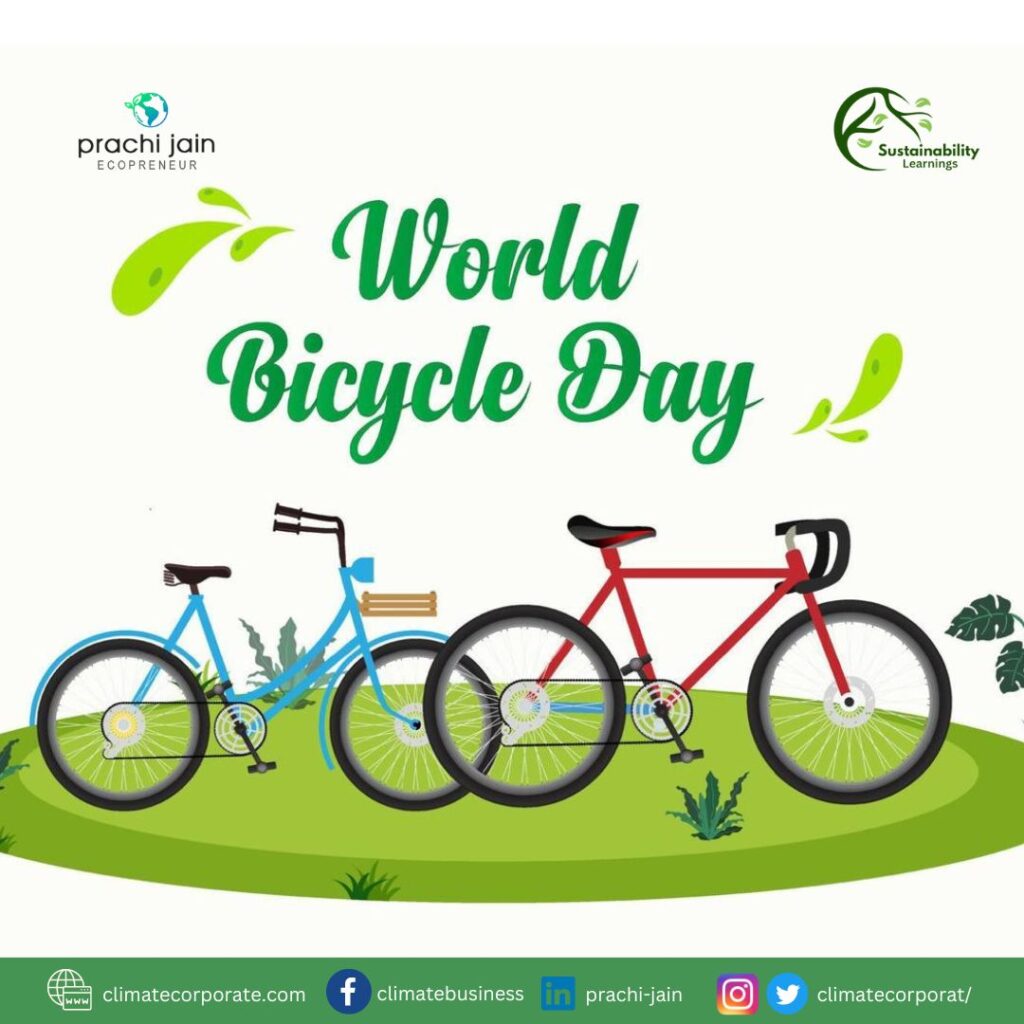
Bicycles are a sustainable mode of transportation. They are eco-friendly and great for exercise. Cycling every day can improve heart health and muscle strength. Cycling is also extremely liberating in nature—it helps us feel happy and elevates our mood. It helps us reach places without adding to air pollution. Cycling is a great means of transportation as well as a way of getting our lower-body exercise done simultaneously.
Every year, World Bicycle Day is observed to raise awareness about the benefits of cycling and urge more people to adopt this mode of transportation to enable a sustainable way of life. As we gear up to celebrate the special day, here are a few things we should keep in mind.
hashtag#SustainableTransport hashtag#CycleForHealth hashtag#EcoFriendly hashtag#WorldBicycleDay2024 hashtag#PedalForThePlanet
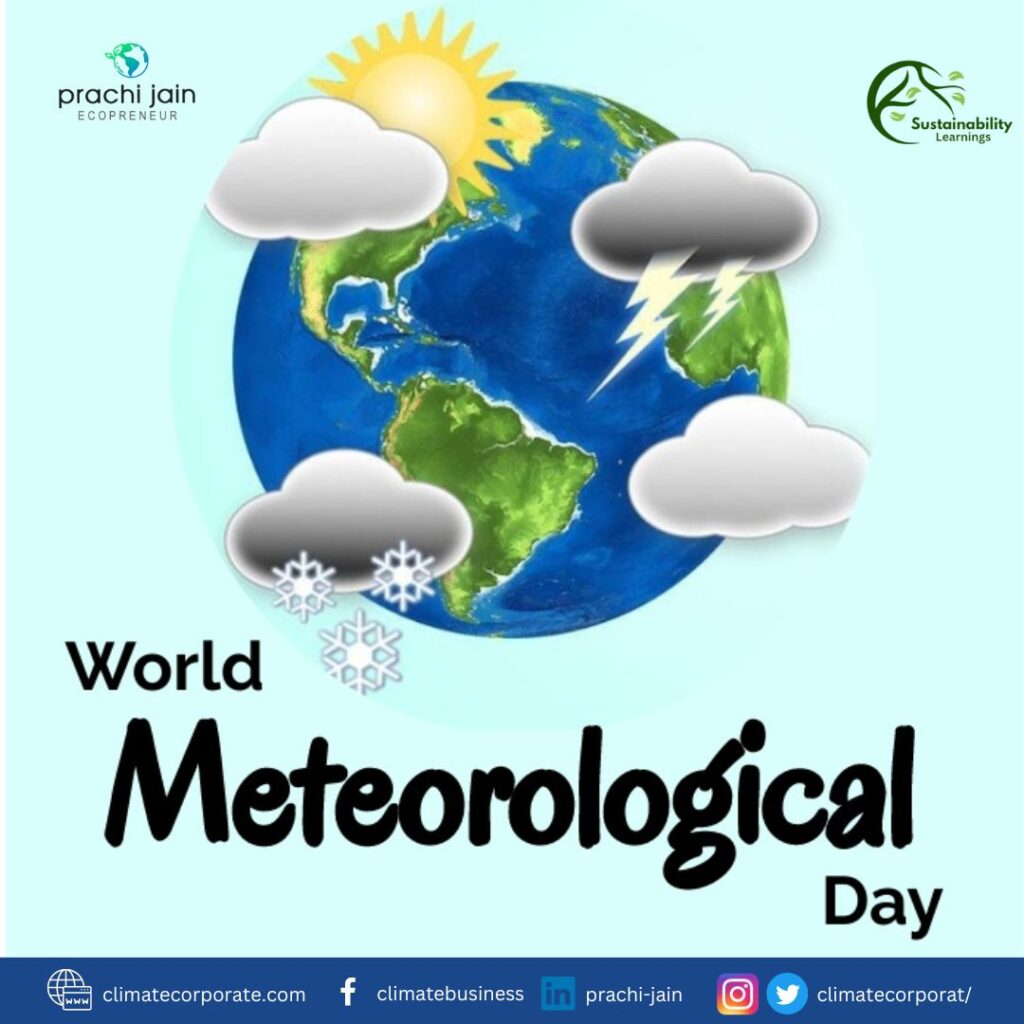
𝐖𝐨𝐫𝐥𝐝 𝐌𝐞𝐭𝐞𝐨𝐫𝐨𝐥𝐨𝐠𝐢𝐜𝐚𝐥 𝐃𝐚𝐲!
This year, we focus on the theme “𝐀𝐭 𝐭𝐡𝐞 𝐅𝐫𝐨𝐧𝐭𝐥𝐢𝐧𝐞 𝐨𝐟 𝐂𝐥𝐢𝐦𝐚𝐭𝐞 𝐀𝐜𝐭𝐢𝐨𝐧.”
As climate change poses an undeniable threat to our civilization, this day highlights the crucial role of meteorology in combating its impacts. Meteorologists and hydrologists worldwide work tirelessly to improve weather predictions, enhance climate monitoring, and develop early warning systems, all of which are essential for protecting lives and fostering sustainable development.
The 2024 theme emphasizes urgent climate action and the need for global cooperation to mitigate and adapt to climate change. The day is marked by activities and campaigns, such as the hashtag#WeatherKids initiative, which envisions future weather forecasts to raise awareness and mobilize action today.
Let’s honour the invaluable contributions of meteorological services in building a safer, more resilient world.
hashtag#WorldMeteorologicalDay2024 hashtag#ClimateAction hashtag#globalwarming hashtag#WeatherScience hashtag#Sustainability
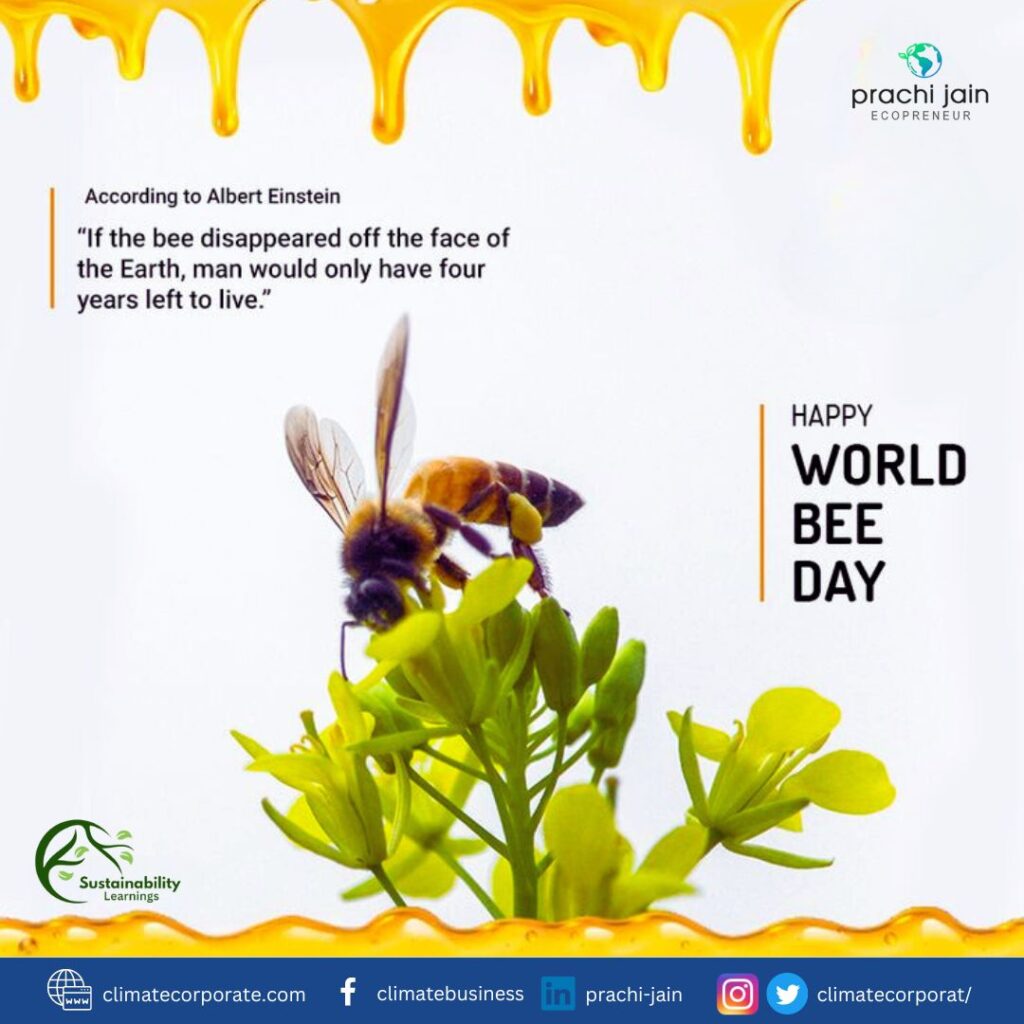
🌍🐝World Bee Day! 🐝🌍
Today, we celebrate our tiny yet mighty friends – the bees! 🐝✨ These incredible pollinators play a crucial role in our ecosystems, supporting the growth of plants, flowers, and crops that feed our planet. 🌸🌿
Let’s take a moment to appreciate the hard work of bees and raise awareness about the importance of protecting their habitats. 🏡💚 Small actions like planting bee-friendly flowers, avoiding pesticides, and supporting local beekeepers can make a big difference. 🌺🌼
Join us in buzzing about bees and spreading the word on how we can all contribute to a bee-friendly world! 🐝💛
#WorldBeeDay #SaveTheBees #Pollinators #EcoFriendly #Sustainability
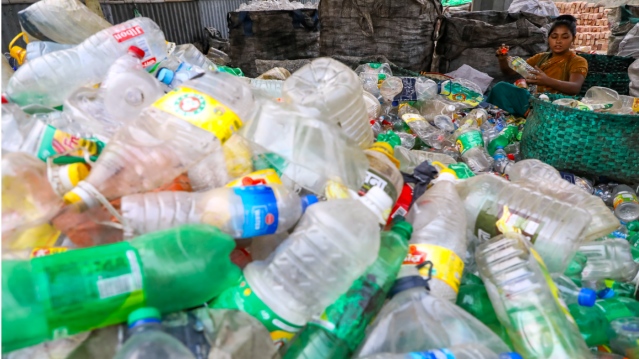
Five companies contribute a staggering 24% of global plastic waste. The study analysed waste collected from 2018 to 2022, identifying over 900,000 pieces with visible branding. Coca-Cola stands out, responsible for 11% of global branded plastic pollution.